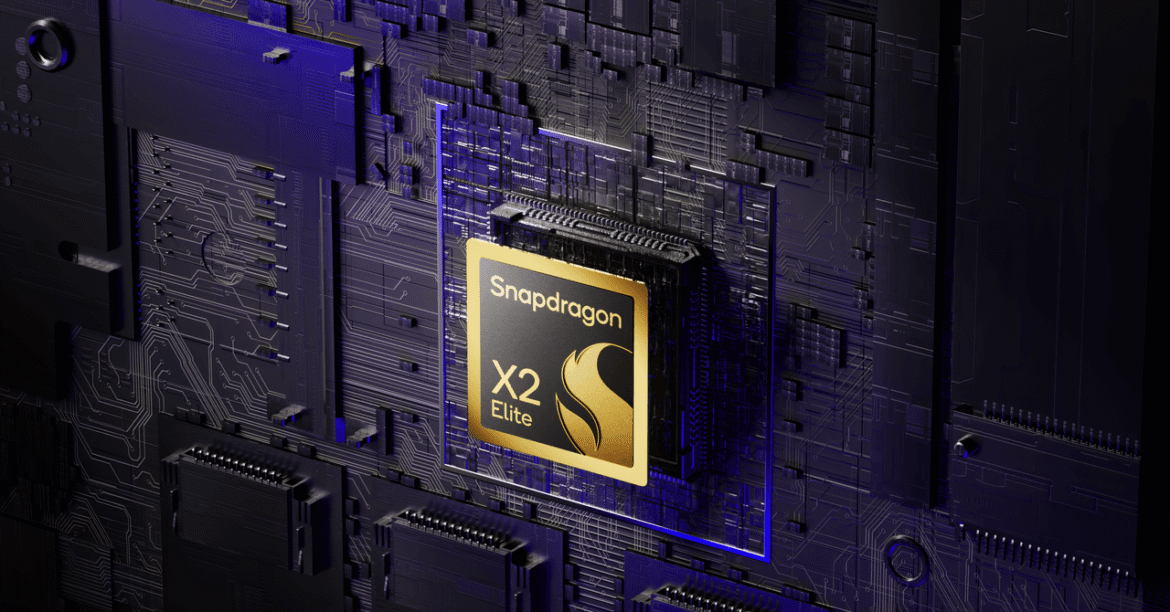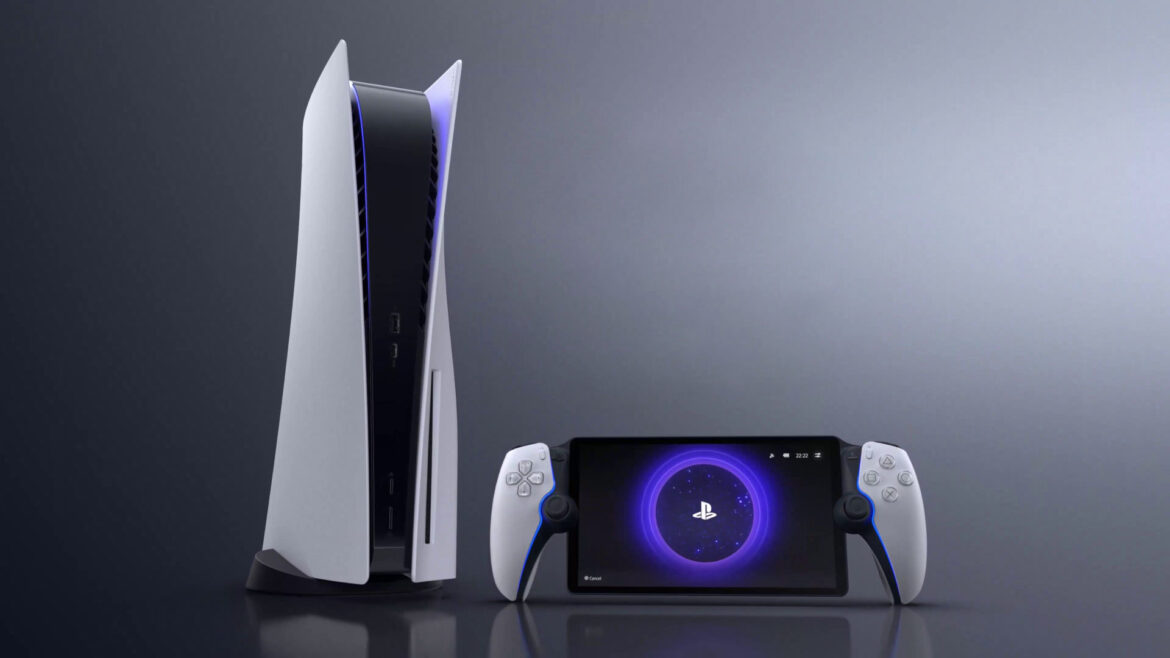Perhaps the most exciting part of the chip is the graphics performance: The Snapdragon X2 Elite and X2 Elite Extreme both use a new Adreno GPU architecture. Qualcomm says power efficiency has improved by 2.3X, so hopefully that means these laptops can scale up performance when it’s needed, in games or creative applications. Qualcomm says gaming will take a big step forward in this next generation. Qualcomm showed a chart with 2.2X faster frame rates in Hitman World of Assassination and 2.1X faster in Black Myth Wukong. Of course, these Qualcomm laptops continue to rely exclusively on integrated graphics, meaning the discrete GPUs in dedicated gaming laptops are still on another level of performance. Snapdragon X2 chips will also support higher refresh rate screens, now up to 144 Hz and up to three external 5K monitors.
Lastly, the company claims there’s a much more powerful neural processing unit (NPU) with 80 TOPS (trillions of operations per second) of on-device AI processing performance. The Snapdragon X set the initial bar with 50 TOPS, which Apple, Intel, and AMD then had to match in their next chips. We’ve yet to see the explosion of on-device AI processing be relevant for the average person, but hopefully, more performance will provide an incentive for developers to build more unique AI experiences that can utilize the NPU.
Qualcomm still boasts “multi-day” battery life on these new chips, though performance was the priority in the company’s product presentation. This is a change from the original marketing around the first-generation Snapdragon X chips, which centered battery life as its primary selling point.
As always, it helps to go first. These second-generation PC chips have been announced months ahead of devices from competitors, which may not arrive until the first quarter of 2026, making it easier to compare with previous-gen chips. Intel is expected to launch its highly anticipated A18 chips (also known as Panther Lake) later this year, and Nvidia’s $5 billion investment in Intel could change everything in the world of PCs. Apple is also expected to debut an M5 chip next month.
A New Smartphone Chip
Alongside new PC chips, Qualcomm also detailed its recently announced mobile chips, the Snapdragon 8 Elite Gen 5. These were officially unveiled last week, but at the company’s Snapdragon Summit conference, it shared new details on how these chips will perform.
Barely a week has gone by since Apple’s A19-powered iPhones hit the market, but Qualcomm is already claiming that its Snapdragon 8 Elite Gen 5 is the “fastest mobile CPU in the world,” with a record clock speed of 4.6 GHz (Apple’s A19 Pro has a clock speed of 4.26 GHz). Like the PC chips, graphics and AI processing have the largest leaps in performance, with a purported 23 percent faster GPU and 37 percent faster NPU. Some slightly faster single-core performance in your next phone might not be noticeable, but the significantly faster GPU could have a bigger impact on mobile gaming.



